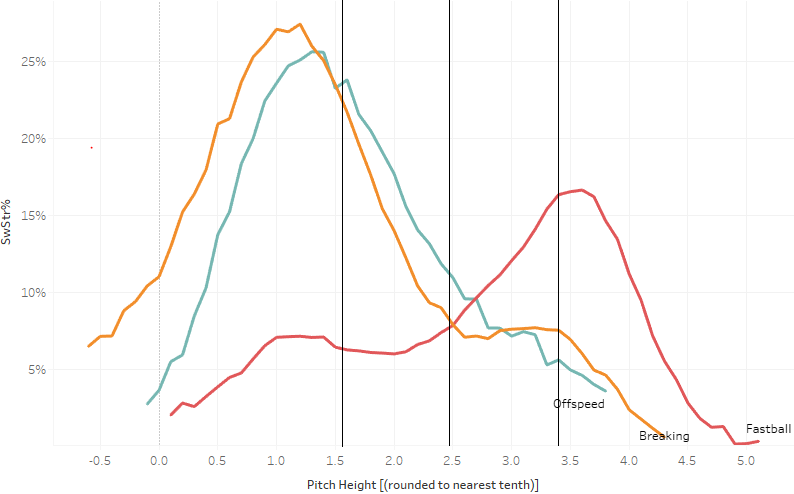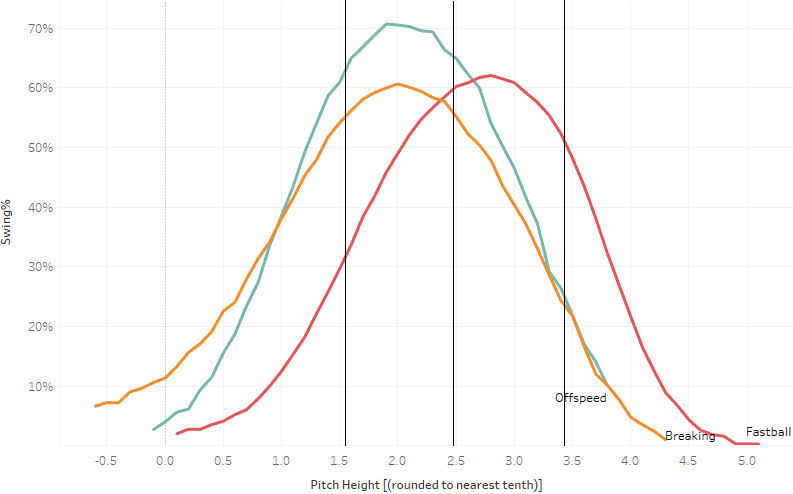The Superlative Kyle Hendricks
You know it’s almost time for baseball season when all of the major projection systems forecast Kyle Hendricks‘ ERA one run per nine innings too high.
As much as this sounds like a knock on those who develop projections, it’s not. What Jared Cross (Steamer), Dan Szymborski (ZiPS), Derek Carty (THE BAT), and the folks at Baseball Prospectus (PECOTA) do is no small feat. If I weren’t too cowardly to even try to create my own projection system, I would be too stupid to design one that is half as effective as theirs. Glass houses and all that.
That said, I am just smart enough to know that projected ERAs ranging from 3.84 to 4.42 for Hendricks, who boasts a career ERA of 3.12 and has never finished a season with an ERA above 3.46 (except that dastardly 3.95 ERA in 2015), are too high. It’s easy to poke holes in the obvious outliers, but projections succeed by describing and then predicting the talents of most pitchers, not the ones whose talents deviate dramatically from expectation. Hendricks is every projection system’s known blind spot.
It’s not just projections that struggle with Hendricks, either. We, the sabermetric community, frequently use ERA estimators as shorthand to characterize a pitcher’s talent level. If you frequent FanGraphs, you’re familiar with Fielding Independent Pitching (FIP), expected FIP (xFIP), and Skill-Interactive ERA (SIERA). By virtue of how they’re constructed, each metric makes assumptions about the skills a pitcher theoretically “owns”:
- FIP: strikeouts, walks, and home runs allowed
- xFIP: strikeouts, walks, and fly balls induced
- SIERA: a complicated combination of strikeouts, walks, net groundballs (groundballs minus fly balls), and their squared terms and interactions with one another
While each estimator features a batted ball component, they focus on trajectory (launch angle), not on authority (exit velocity). This is a fair assumption, frankly. I have illustrated how a pitcher can influence hitter launch angle, operating under the assumption they bear little to no influence over hitter exit velocity. It’s not quite that bleak; certified baseball genius Rob Arthur found that the average pitcher’s effect on a baseball’s exit velocity: roughly five parts hitter, one part pitcher. Read the rest of this entry »


